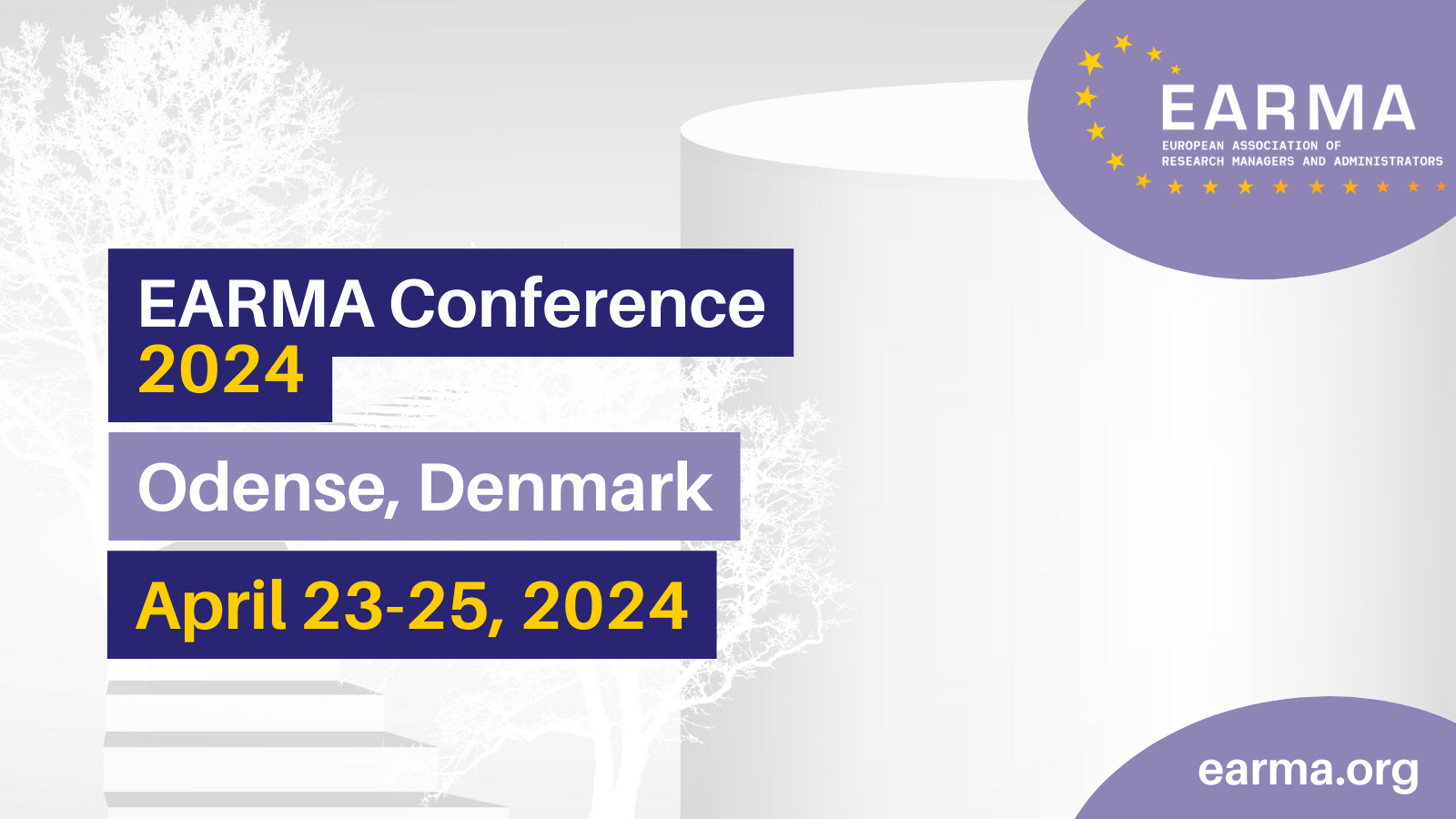Positioning RMA in the organisation
How to position the RMA function in the organization, to increase institutional performance
Abstract
EARMA and the RMA profession are working towards recognition of RMA as a real profession in the European Research Area. However, inside many public knowledge institutions, the RMA function is often not visible or recognized as a unique and professional stakeholder.
Many university leaderships still consider RMAs as merely a basic infrastructure mainly responsible for sharing funding deadlines and for knowing the formalities of application processes and grant management. But RMAs offer deep insights into funding and policy trends, as well the organizational and motivational mechanisms of research environments and their development. If this knowledge is harnessed, RMA functions become significant assets for the academic and administrative leaderships, not the least when research development and growth strategies are to be designed and sustainably and successfully implemented.
At the University of Southern Denmark, the RMA function has worked strategically for years to position itself as a unique resource and professional intra-organisational stakeholder. This has led to a self-reinforcing process where 1) RMA know-how has become more and more visible to the leadership, 2) the impact of RMA for researchers has increased, 3) the RMA function has collaborated still closer with local and central leadership levels, and 4) the RMA function has become fully involved in top-level and organization-wide strategy formation and implementation processes.
The presentation shares the different steps taken, and experiences gained, by SDU’s RMA function over more than five years. This includes efforts to collaborate across the university and organize the RMA, to engage in organisational development, and to position the RMA in the university hierarchy as a central stakeholder. These positive developments correlate with the positive performance-development of the institution. Further, the recognition of RMAs and the context for performing their tasks have also gone through a positive development.

